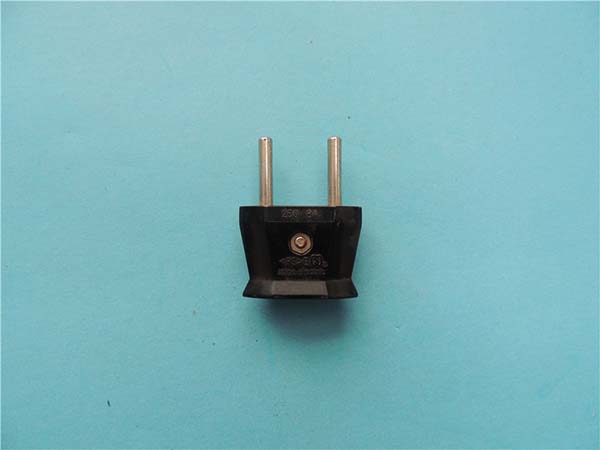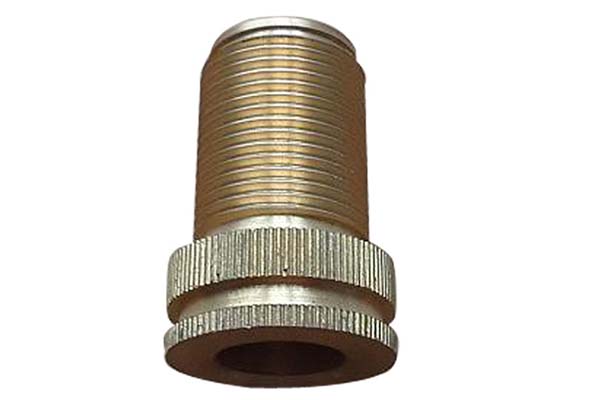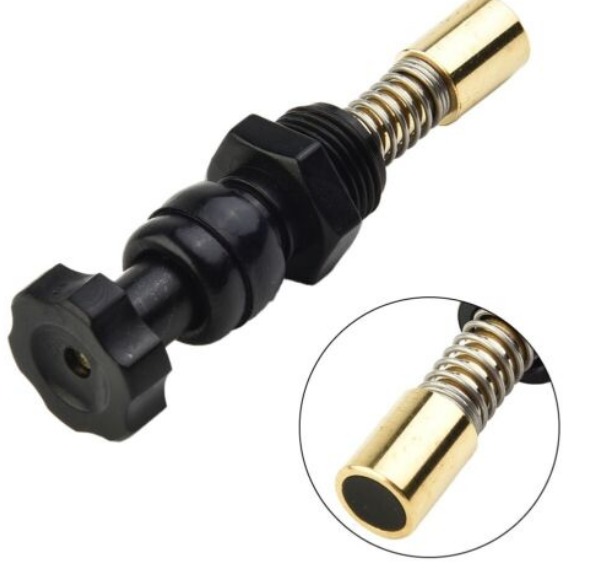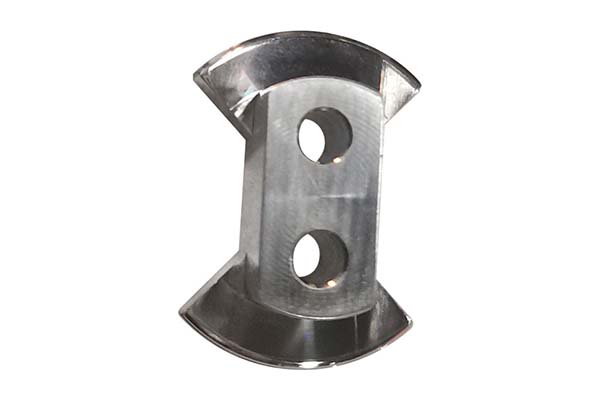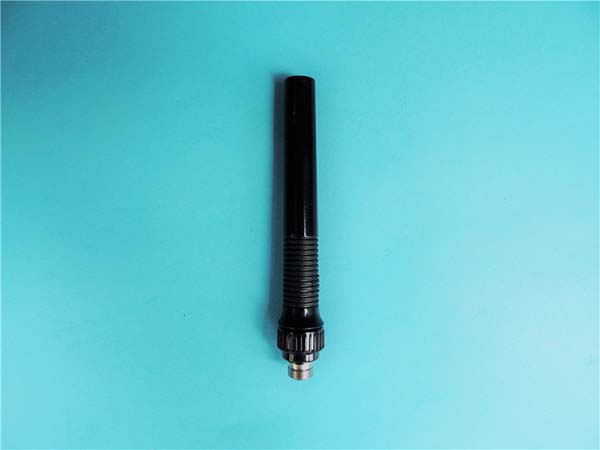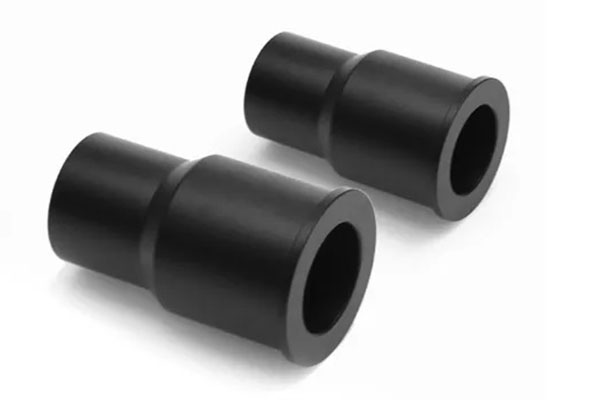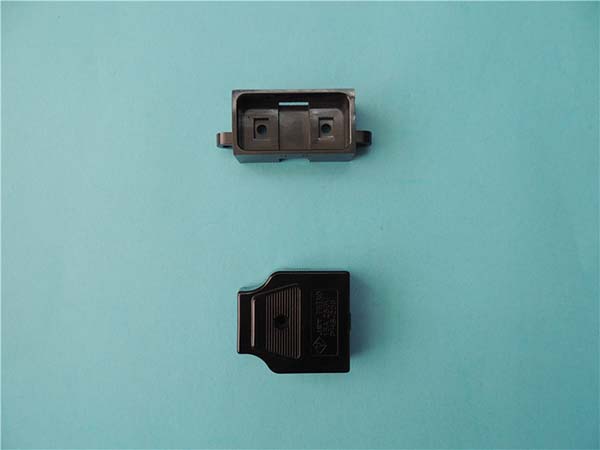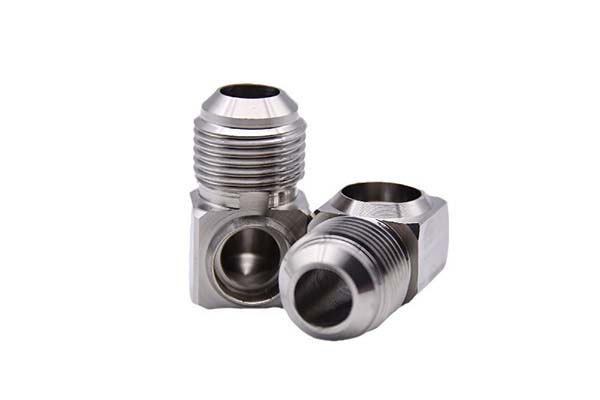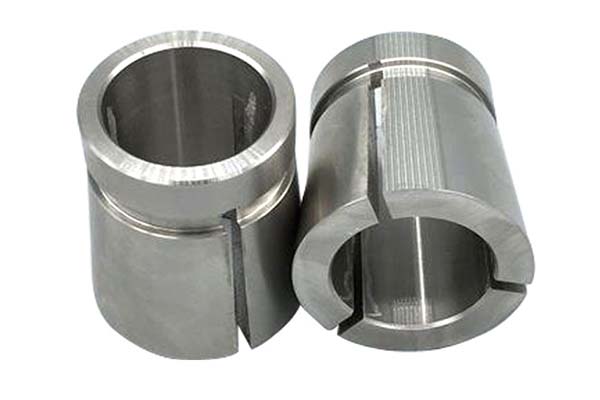CNC machining of fireproof ABS (flame-retardant acrylonitrile butadiene styrene) comes with unique challenges. The addition of flame-retardant additives—key to achieving a UL94 V0 rating—enhances fire safety but creates a heterogeneous material structure. This leads to inconsistent machining behavior: ABS’s rubbery butadiene phase tends to produce burrs, while flame-retardant particles increase abrasiveness, accelerating tool wear. Fireproof ABS also has slightly lower thermal stability than standard ABS, making it prone to softening and warping under prolonged machining heat. Achieving uniform surface finish is further complicated by its blended nature, requiring careful balancing of cutting parameters. This guide addresses these pain points, offering expert strategies to master CNC machining of fireproof ABS.
CNC Machining Techniques for Fireproof ABS
The CNC machining techniques for fireproof ABS require tailored approaches to handle its flame-retardant properties:
- CNC milling: The primary process, using sharp tools and optimized parameters to minimize burring and tool wear. A spindle speed of 4000-7000 RPM and feed rate of 0.1-0.2 mm/tooth works well, with a depth of cut of 0.5-2 mm for roughing and 0.1-0.3 mm for finishing. Climb milling (cutting with tool rotation) reduces burring by shearing the butadiene phase cleanly.
- CNC turning: Suitable for cylindrical fireproof ABS parts like knobs or bushings, with spindle speed of 2000-4000 RPM and feed rate of 0.1-0.15 mm/rev. A positive rake angle (+5° to +10°) on tools reduces cutting forces, minimizing deformation in the material’s softer phases.
- Drilling and tapping: Requires high-speed steel or carbide drills with a 118° point angle to prevent delamination. Tapping uses spiral-flute taps with a 30° helix angle to evacuate chips, ensuring clean threads without tearing the rubbery matrix.
- Tool path optimization: Smooth, continuous toolpaths reduce abrupt direction changes, which can cause uneven stress and burring. CAD/CAM integration helps generate paths that account for fireproof ABS’s blended nature, ensuring consistent results across complex geometries.
- Coolant usage: Mist coolant (5-8% concentration) is ideal, as it dissipates heat without soaking the material—excess moisture can cause dimensional shifts in fireproof ABS’s porous structure.
Material Properties of Fireproof ABS
Fireproof ABS is a modified version of standard ABS, with properties tailored for fire safety that influence machinability:
- Flame retardancy: Achieves a UL94 V0 rating (self-extinguishing within 10 seconds, no dripping) and often meets low smoke density and low toxicity standards, critical for public transportation interiors and aircraft components.
- Impact resistance: Retains good impact strength (15-25 kJ/m²), though slightly lower than standard ABS, ensuring durability in consumer electronics and safety equipment.
- Thermal stability: Withstands continuous use temperatures of 80-100°C, but prolonged exposure to machining heat above 120°C can cause softening—requiring strict heat management during cutting.
- Dimensional stability: Has a low coefficient of thermal expansion (70-90 μm/m·K) and minimal post-machining shrinkage (0.6-0.9%), though slightly higher than standard ABS, requiring cooling time before final inspection.
- Chemical resistance: Resists oils, greases, and dilute acids, though some flame-retardant additives reduce resistance to strong solvents like ketones—important for industrial control panels.
- Mechanical strength: Offers tensile strength of 40-50 MPa, balancing rigidity and ductility for automotive interiors and medical device casings.
| Property | Fireproof ABS | Standard ABS | Fireproof PC |
| UL94 Rating | V0 | HB | V0 |
| Impact Strength | 15-25 kJ/m² | 20-30 kJ/m² | 25-40 kJ/m² |
| Thermal Stability (°C) | 80-100 | 90-110 | 120-140 |
| Shrinkage Rate (%) | 0.6-0.9 | 0.5-0.8 | 0.5-0.8 |
Applications of Fireproof ABS
CNC machined fireproof ABS parts are valued across industries for their fire safety and versatility:
- Consumer electronics: Laptop housings, printer enclosures, and charger casings leverage its UL94 V0 rating and impact resistance, protecting internal components from fire risks.
- Automotive interiors: Dashboard trim, door panels, and seatbelt housings use fireproof ABS’s low smoke density and flame retardancy, meeting FMVSS 302 standards for vehicle safety.
- Public transportation interiors: Train and bus seating components and wall panels benefit from its low toxicity and fire resistance, enhancing passenger safety during emergencies.
- Aircraft components: Cabin interior parts like tray tables and storage bins meet aviation fire standards (e.g., FAR 25.853), combining fire safety with lightweight properties.
- Medical device casings: Enclosures for diagnostic equipment and therapy devices use fireproof ABS’s ease of sterilization and flame retardancy, ensuring safe clinical use.
- Industrial control panels: Housings for electrical equipment leverage its chemical resistance and fire safety, protecting components in factory environments.
CNC Machining Equipment for Fireproof ABS
Specialized CNC machining equipment ensures precision in fireproof ABS processing:
- CNC milling machines: 3-axis and 5-axis mills with rigid frames and low-vibration spindles minimize tool deflection, critical for maintaining tolerance in fireproof ABS’s blended structure.
- CNC lathes: High-precision lathes with sensitive feed controls handle cylindrical parts, ensuring consistent surface finish across fireproof ABS’s heterogeneous phases.
- Multi-axis machining centers: Enable complex geometries to be machined in one setup, reducing workpiece handling and minimizing dimensional errors from repeated clamping.
- High-speed spindles: 6000-10,000 RPM spindles reduce tool-particle interaction time, lowering wear and heat buildup in fireproof ABS.
- Coolant systems: Mist coolant systems with adjustable flow rates (100-200 mL/min) provide targeted cooling, preventing thermal softening without saturating the material.
- Vacuum fixtures: Secure thin-walled fireproof ABS parts during machining, preventing warping and ensuring uniform cutting forces across large surfaces like public transportation interiors.
Quality Control in CNC Machining Fireproof ABS
Maintaining quality in fireproof ABS parts ensures both performance and fire safety compliance:
- Inspection methods: Dimensional measurement using coordinate measuring machines (CMMs) verifies tolerances, with measurements taken 1 hour after machining to account for thermal expansion.
- Surface roughness: Fireproof ABS typically achieves Ra 1.6-3.2 μm with standard machining. Profilometers check for burring and micro-cracks, with Ra <2.0 μm required for visible parts like consumer electronics.
- Tolerance verification: Statistical process control (SPC) tracks variations, ensuring parts meet ±0.03-0.06 mm tolerances—tighter (±0.02-0.04 mm) for precision components like medical device casings.
- Non-destructive testing: Visual inspections under magnification (10-20x) detect burring and delamination, critical for parts requiring smooth surfaces to prevent snagging or dust accumulation.
- Hardness testing: Rockwell R hardness (90-100) is verified to ensure additive distribution uniformity—variations can indicate inconsistent flame retardancy and machinability.
- In-process monitoring: Infrared temperature sensors track cutting zone heat, triggering automatic adjustments to spindle speed or feed rate if temperatures exceed 110°C, preventing softening.
Yigu Technology's Perspective
Yigu Technology specializes in CNC machining fireproof ABS, leveraging expertise in balancing its blended properties. We use carbide tools with polished flutes to minimize burring and tool wear, paired with mist coolant systems for precise heat management. Our multi-axis machining centers and CAD/CAM integration ensure complex parts like automotive interiors are machined accurately in one setup. Quality control includes CMM inspections and surface roughness testing, critical for clients requiring UL94 V0 rating compliance. We optimize cutting parameters to balance material removal and thermal stability, delivering parts with consistent surface finish and tight tolerances. Whether producing electronics housings or transportation components, we tailor our processes to fireproof ABS’s unique needs, ensuring reliable, fire-safe results.
FAQ
- Why does fireproof ABS produce more burrs than standard ABS, and how to prevent them?
Burrs occur due to fireproof ABS’s rubbery butadiene phase and flame-retardant particles disrupting clean cutting. Prevention involves using sharp carbide tools with positive rake angles, climb milling, and slightly higher feed rate (0.15-0.2 mm/tooth) to shear material cleanly.
- How does fireproof ABS’s thermal stability affect machining parameters?
Fireproof ABS softens at 120°C, lower than standard ABS. To prevent warping, use spindle speed of 6000-8000 RPM to reduce cutting time, mist coolant to dissipate heat, and limit depth of cut to 2 mm maximum for roughing.
- What tolerance can be achieved with fireproof ABS, and how to ensure consistency?
Fireproof ABS typically achieves ±0.03-0.06 mm tolerances. Consistency requires rigid machine setups, vacuum fixtures to prevent warping, and SPC monitoring. Allowing parts to cool 1 hour before inspection accounts for thermal expansion, ensuring accurate measurements.
